F L A U N T

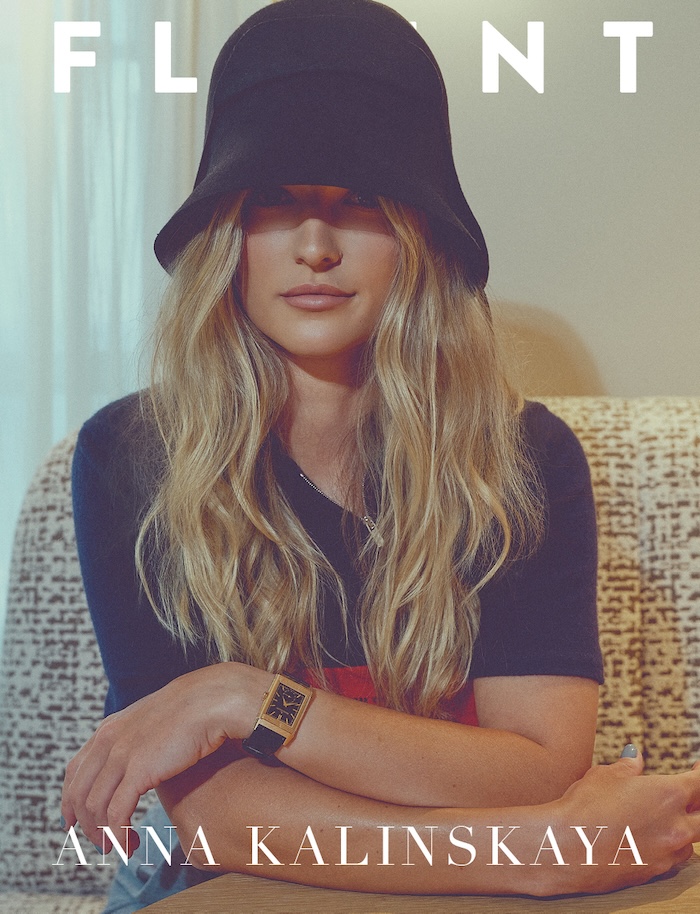
One legend has it that, in ancient China, the Jade Emperor invited all the world’s animals to participate in a great race to create what is now known as the Chinese zodiac.A rat, ox, tiger, rabbit, dragon, snake, horse, sheep, monkey, rooster, dog, and pig arrived. The Jade Emperor rewarded them for simply showing up by naming a year in the zodiac after each animal. The race, in which the animals had to cross a treacherous river, determined the order of the zodiac calendar. The snake sneakily coiled around the horse’s hoof to finish sixth—a clever, stealthy competitor.
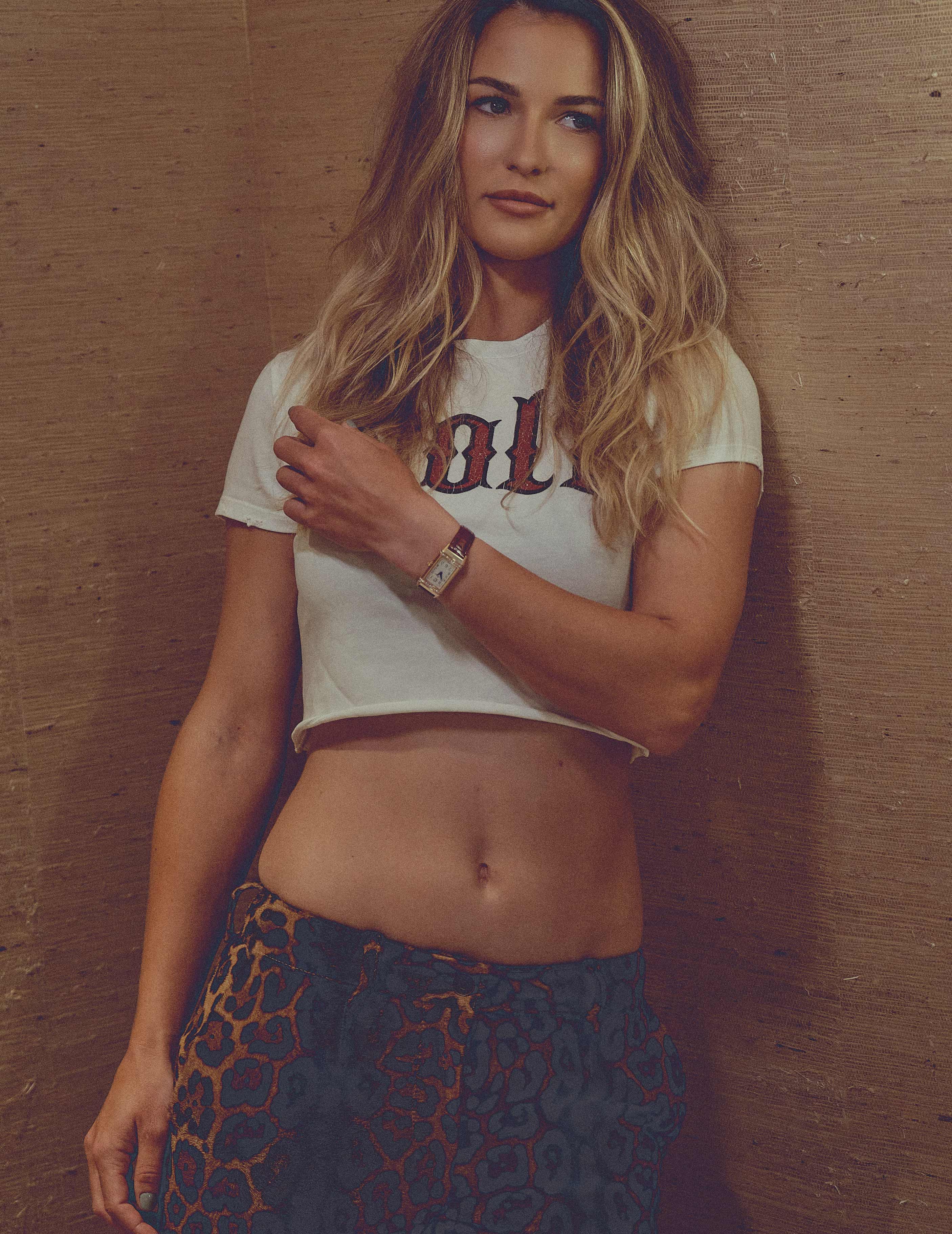
Anna Kalinskaya notifies me it’s the Year of the Snake. One might assume that, as one of the top 30 WTA players internationally, Kalinskaya can relate to a snake’s killer instincts. Sure, tennis constantly requires her to lurk in plain sight and calculate the perfect time to strike. But Kalinskaya doesn’t view competition through a sinister lens. She relishes in shedding past betrayals—injuries, losses, scars—and infinitely relearning her body’s capabilities. “I like to push myself to the limit to win the match,” she says. “Or, even in practice, the feeling of being tired and exhausted, but [knowing] you did great. That’s the best.” To her, the Year of the Snake represents the ultimate opportunity for rebirth. “I would say [this year] is for me to learn how to dance in the rain,” she says.
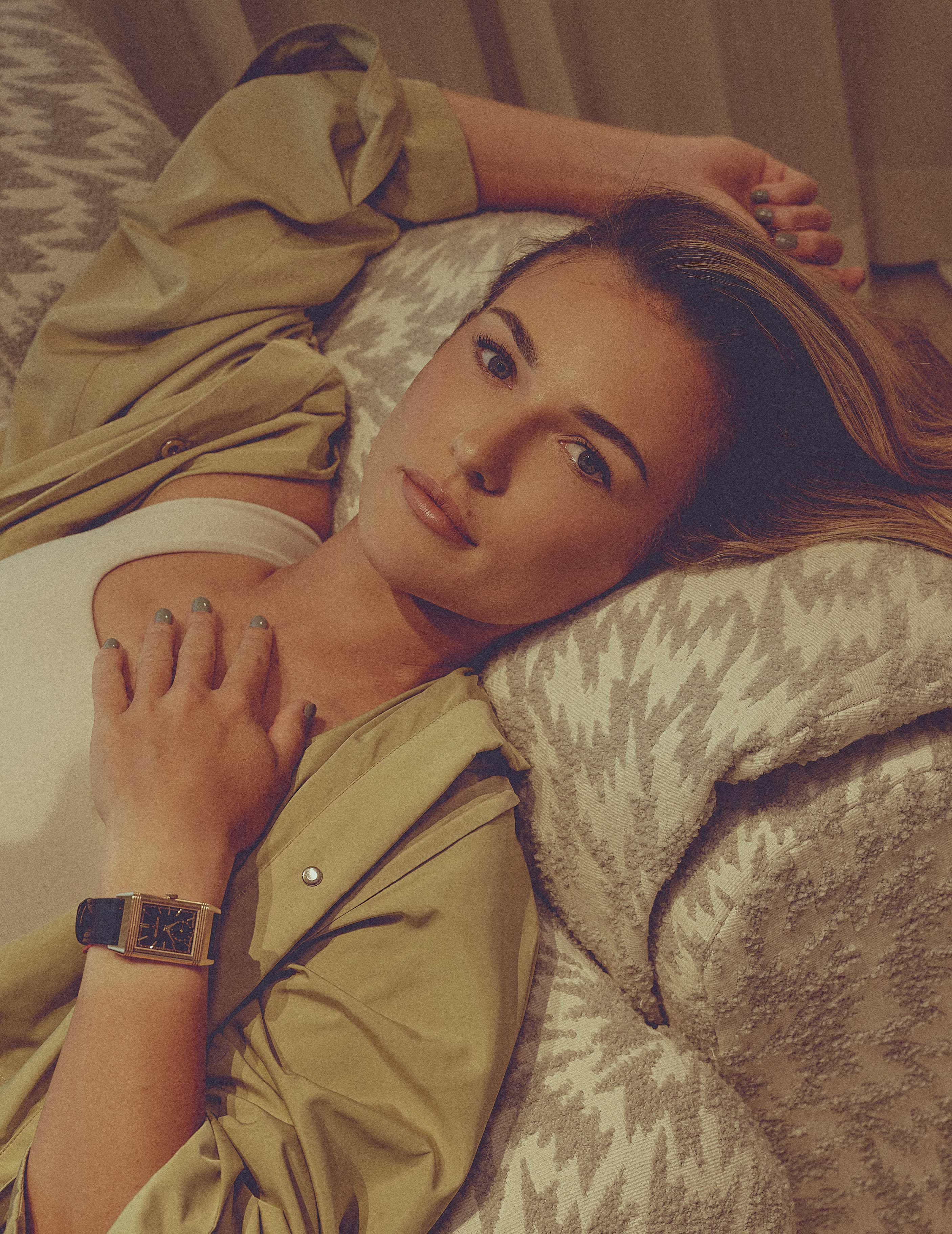
Kalinskaya began this year by weathering a storm. After defeating Sloane Stephens and Jasmine Paolini en route to the quarterfinals of the 2024 Australian Open, Kalinskaya held high expectations for her performance at the 2025 Australian Open in January. She had completed an excellent preseason and felt strong in her body. None of that mattered when she suddenly fell ill and couldn’t get out of bed for two weeks, which forced her to withdraw from the Australian Open. It was a cruel déjà vu: Kalinskaya’s body has blindsided her plenty since turning pro in 2016, especially when she injured her hamstring at the Italian Open (Internazionali BNL d’Italia) in May 2023, an injury that sidelined her for six months.
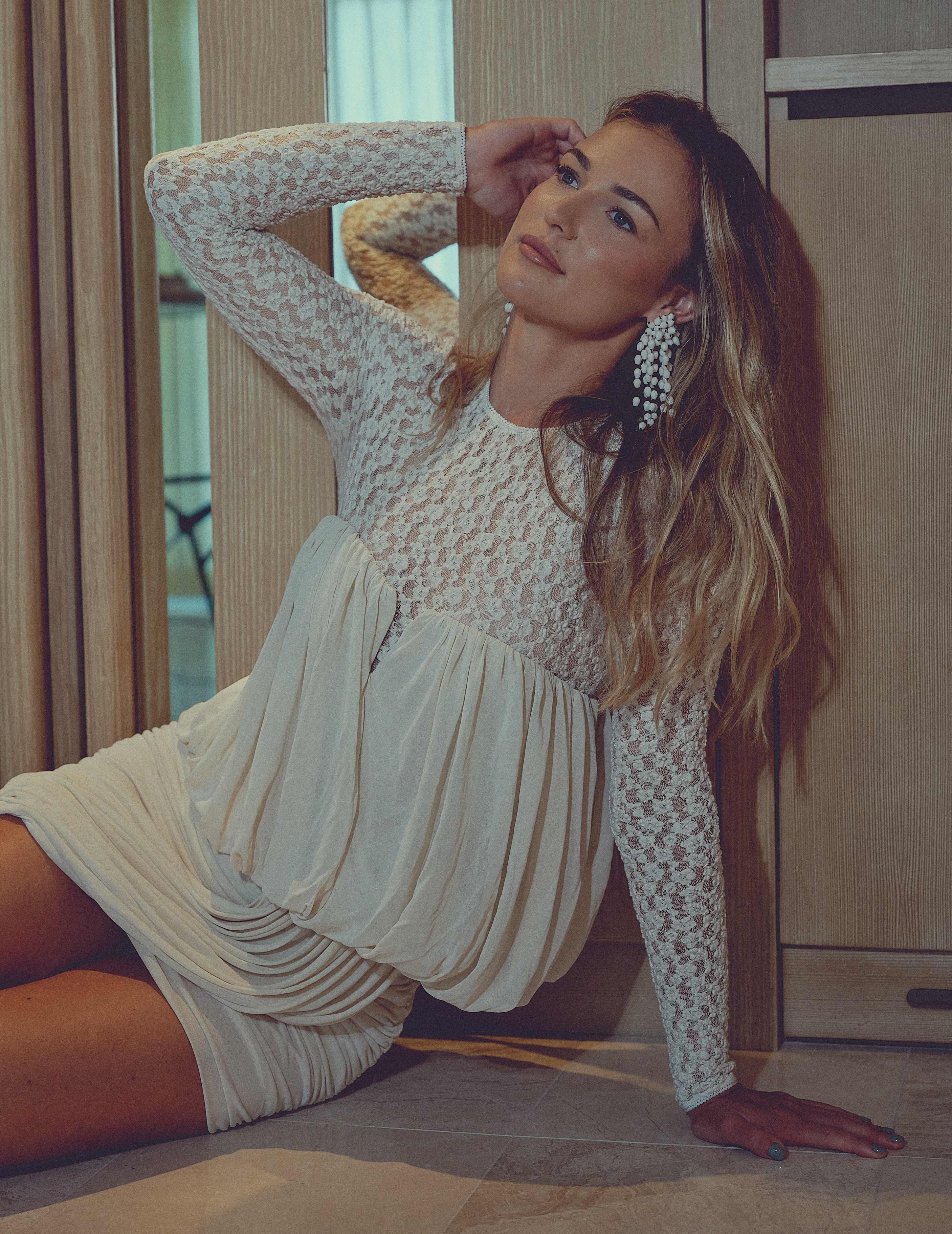
“I can be mad, but will it help me?” Kalinskaya says. “I can be stuck in my head, asking myself, ‘Why, why, why?’ Will it solve anything? No. You never know when you’ll lose or when you’ll play [well]—there is no control. I can control my thoughts. I think it’s very important what is on your mind. I’m a positive person in general. So, I just choose not to be mad anymore. Of course, there were moments when I was frustrated, but maybe it’s for me to learn. The big lesson from all of this is it’s not going to last forever. I can only try to improve.”
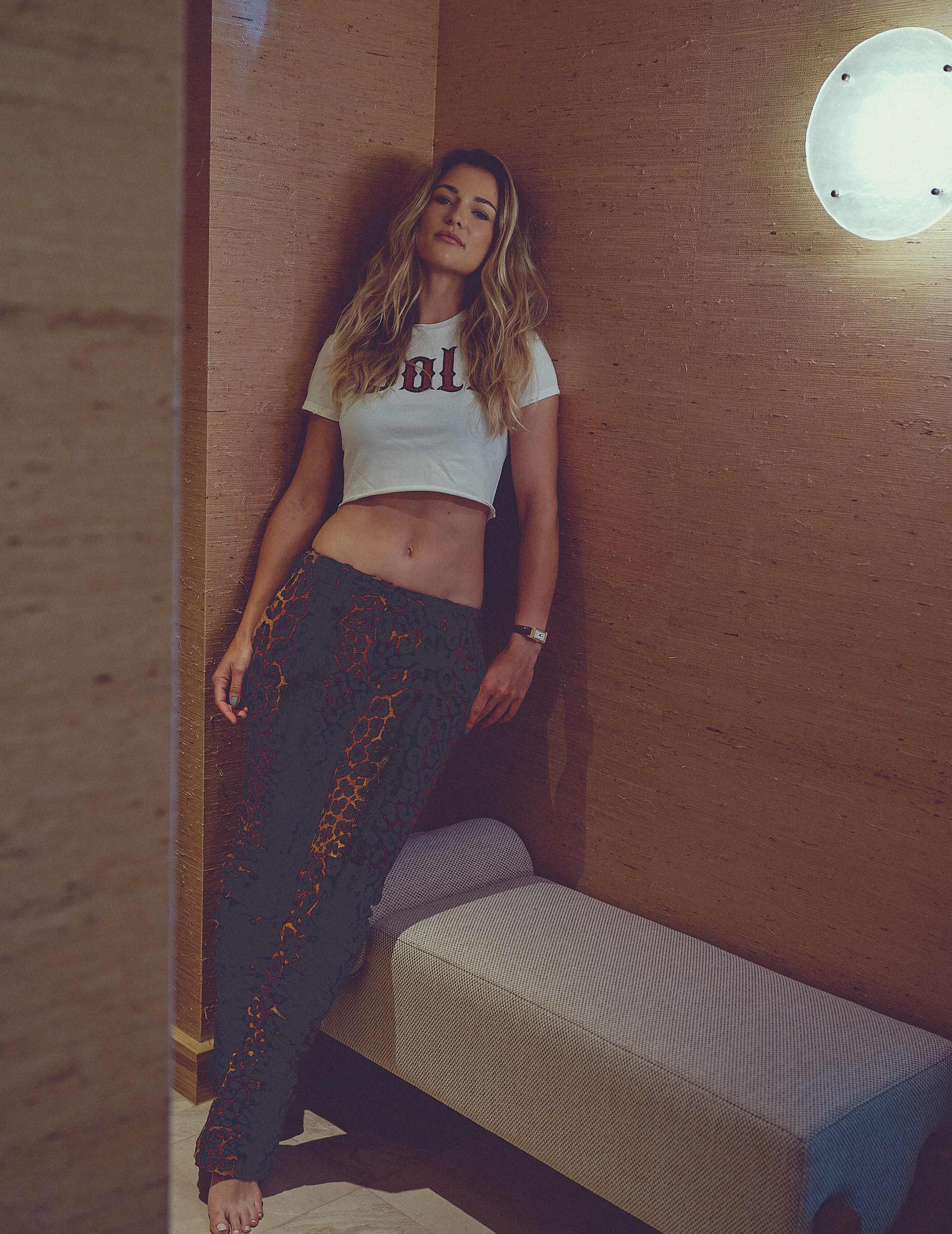
Kalinskaya can trace that mindset to her childhood. She recalls being about 4 years old in the back of her parents’ car in her native Moscow, Russia, her parents—professional badminton players themselves—driving her to practice with a new tennis coach (who would later tutor her for the majority of her early career). She remembers, still, the excitement she felt in the backseat, the drive to do better.
That being said, Kalinskaya feels as though her childhood wasn’t entirely defined by the sport: she briefly tried badminton and swimming during her adolescence. She had fun with her friends. She summered in Ukraine with her grandparents and cousins. She attended school normally until she was 13, before tennis demanded her full attention. And, by that point, she gladly gave the sport her all. “I loved it from the beginning,” she says. “I loved competing from a very young age—just this feeling of wanting to win was always something special—but I never thought, ‘I can play a Grand Slam.’ The number one reason I play tennis is because I love it. I don’t want to lose that joy.”
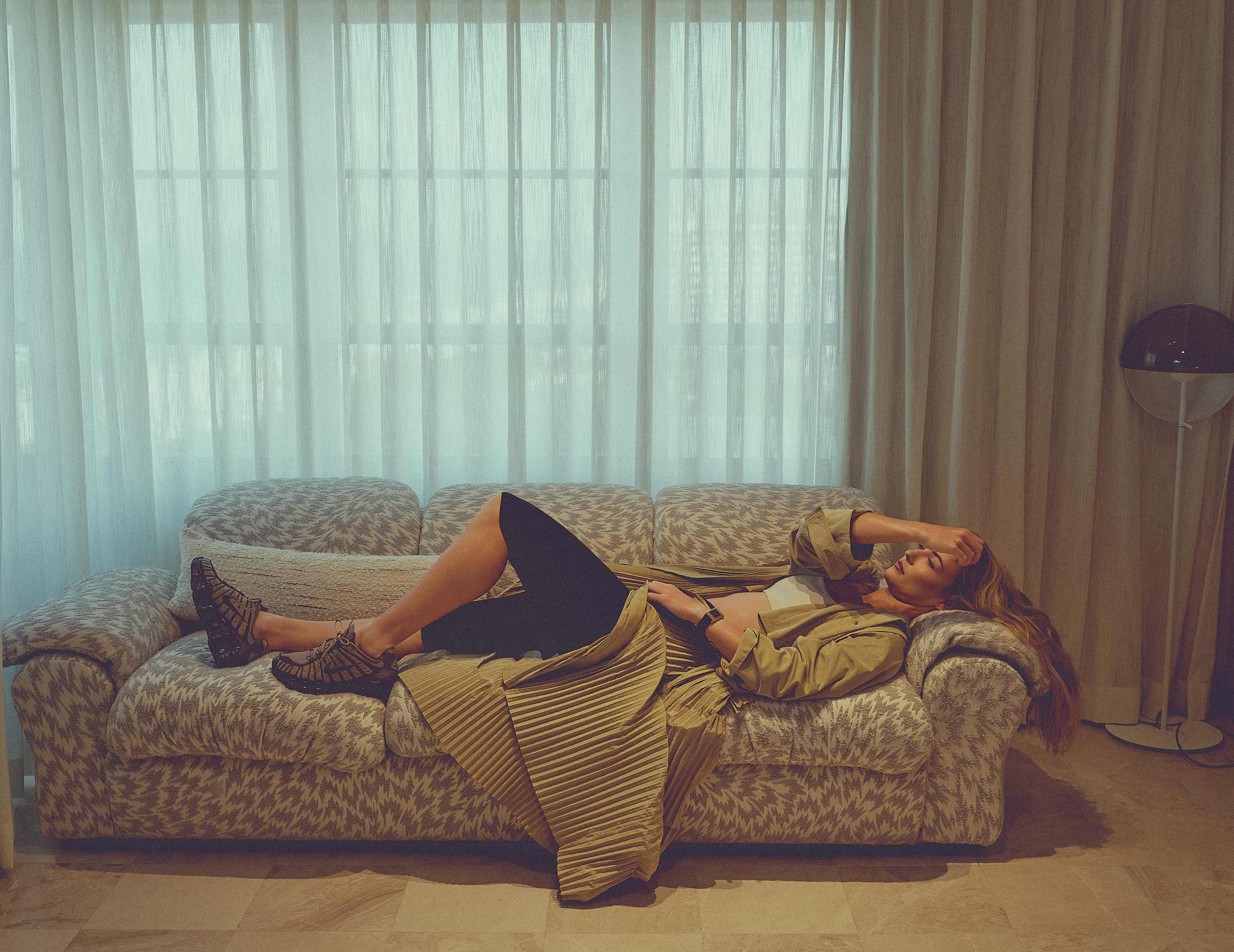
Any athletic pursuit on an elite level is punishing, and tennis is exceptionally lonely and unforgiving. Kalinskaya has no teammates— except for in doubles (she and Sorana Cîrstea did win the doubles title at the 2025 Mutua Madrid Open in May.) She has her coach, Patricia Tarabini, but she can only do so much for Kalinskaya during the match. Most of the time, Kalinskaya is left alone with her body, her mind, her racket, and her love for the game. To be great at tennis, you must love it fully while accepting that it is under no obligation to love you back. There is no guaranteed glory, which is why Kalinskaya remembers her first taste of it as a pro.
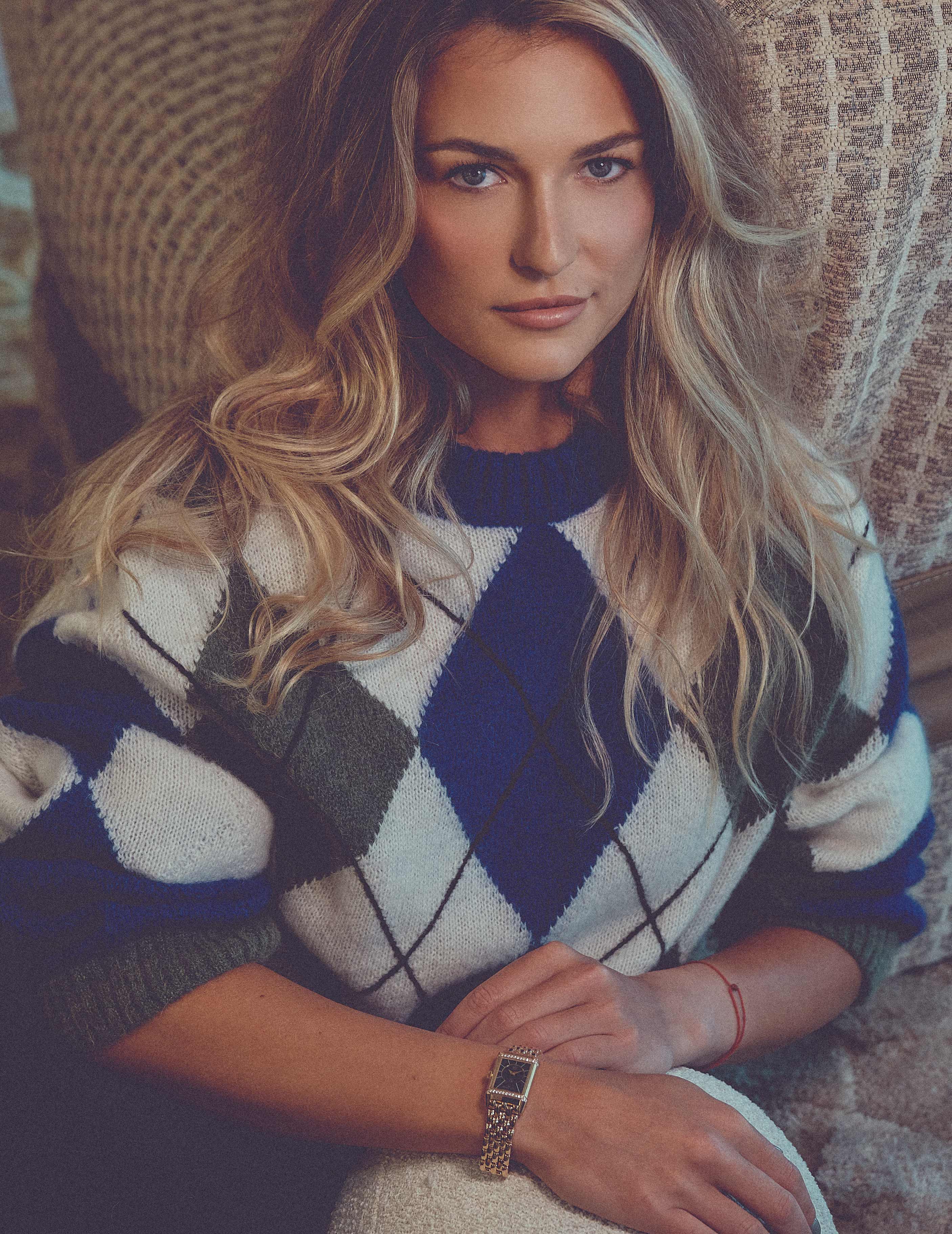
In the first round of the 2019 US Open, Kalinskaya defeated Sloane Stephens—her first career win over a top-10 player—at the legendary Arthur Ashe Stadium in New York. “I was playing for the first time in my life on such a big court,” Kalinskaya says. “It was a night session, and I could see [something] after that match. I was like, ‘Oh, my God, if I continue to work hard and this is what I want to do, I can play so many more matches here. I want to have this feeling of joy while competing.’ That’s the moment when I really realized that I can be a top player.”
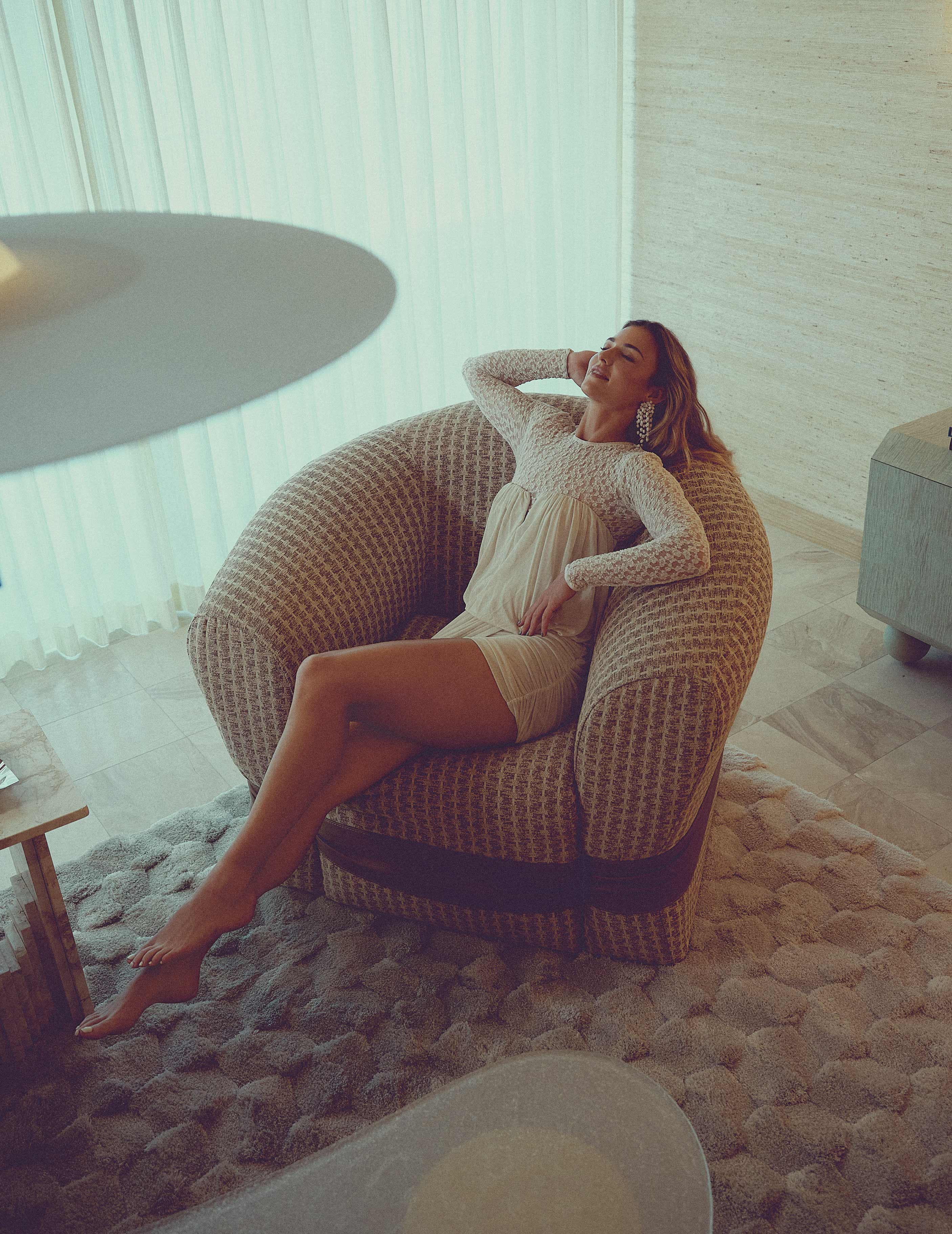
Kalinskaya couldn’t fully grasp the weight of becoming a top player until 2023. She was at her fittest mentally and physically when she just so happened to slide on a ball awkwardly and injure her hamstring in May of that year. “All of a sudden, I [couldn’t] play for six months,” she says of being blindsided by the injury. The time away taught the athlete to value the things she could control, not the things she couldn’t. She tried to force recovery, and it didn’t work. She was gentler with her body. She calmed her mind. She found happiness elsewhere, like in cooking, dancing, family, fashion, friends, Pilates, and yoga. “But,” she says. “I never expected to miss tennis so much. When I cannot move, it’s really challenging. In my mind, I feel useless.”
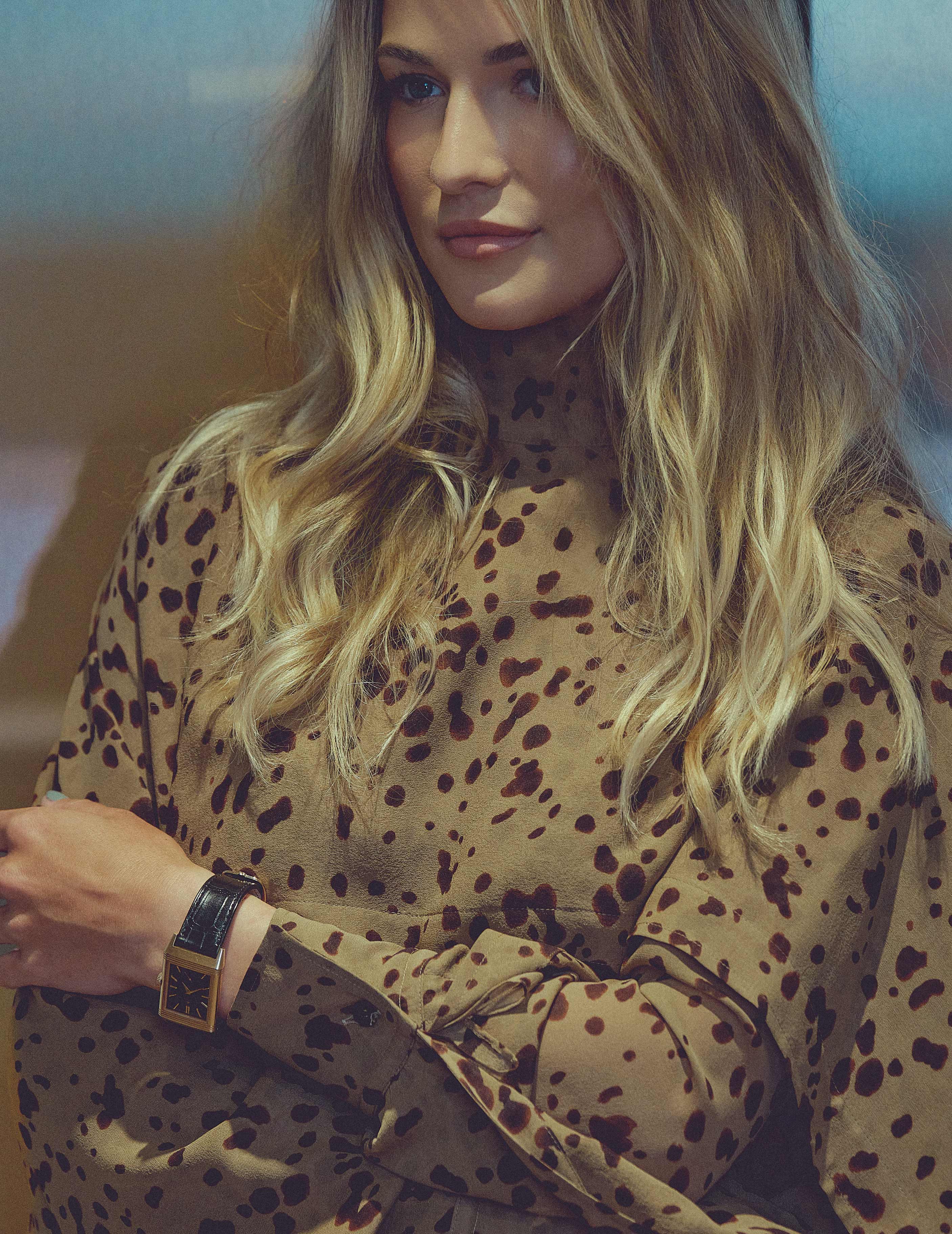
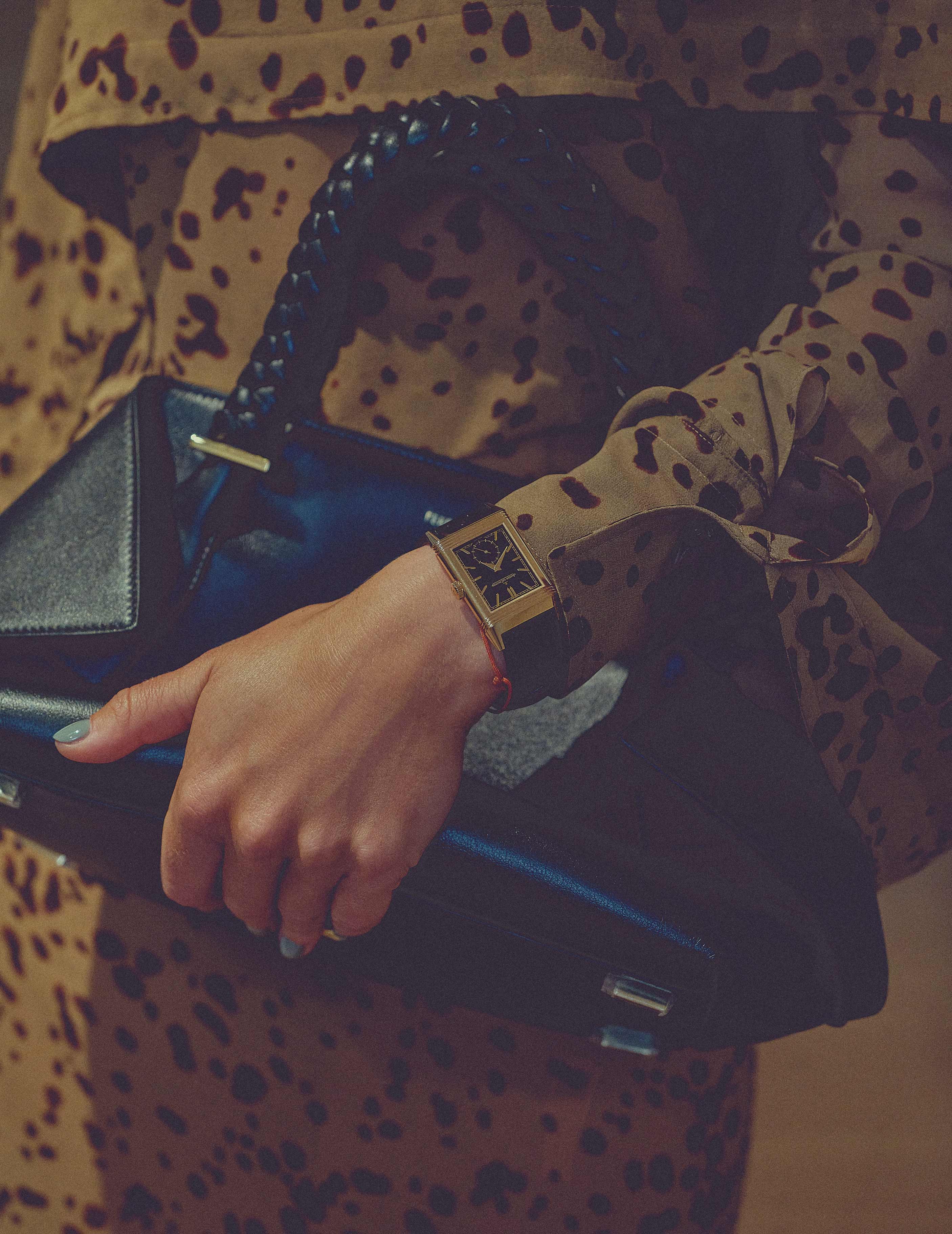
Once her body was ready, she made better use of it than ever. She made it to the final of the Berlin Tennis Open and Dubai Duty Free Tennis Championships—defeating world-class players Aryna Sabalenka, Coco Gauff, and Iga Świątek across both tournaments— and made it to the Round of 16 at Wimbledon. “If you play against top players, you have nothing to lose,” Kalinskaya says. “You play free[ly]. There is no pressure. No one is expecting you to win. I just relax mentally, and I feel again like a little kid who is like, ‘I’m trying to do my best here.’” She did play freely and thus, she kept winning—reaching a career high No. 11 ranking and ending last year ranked as the 14th-best singles player in the world.
Just in time for another setback. Kalinskaya fell ill and withdrew from the Australian Open to start this season, which set the tone for a “very up-and-down year” so far, but what she endured in 2023 prepared her to fully embrace 2025.
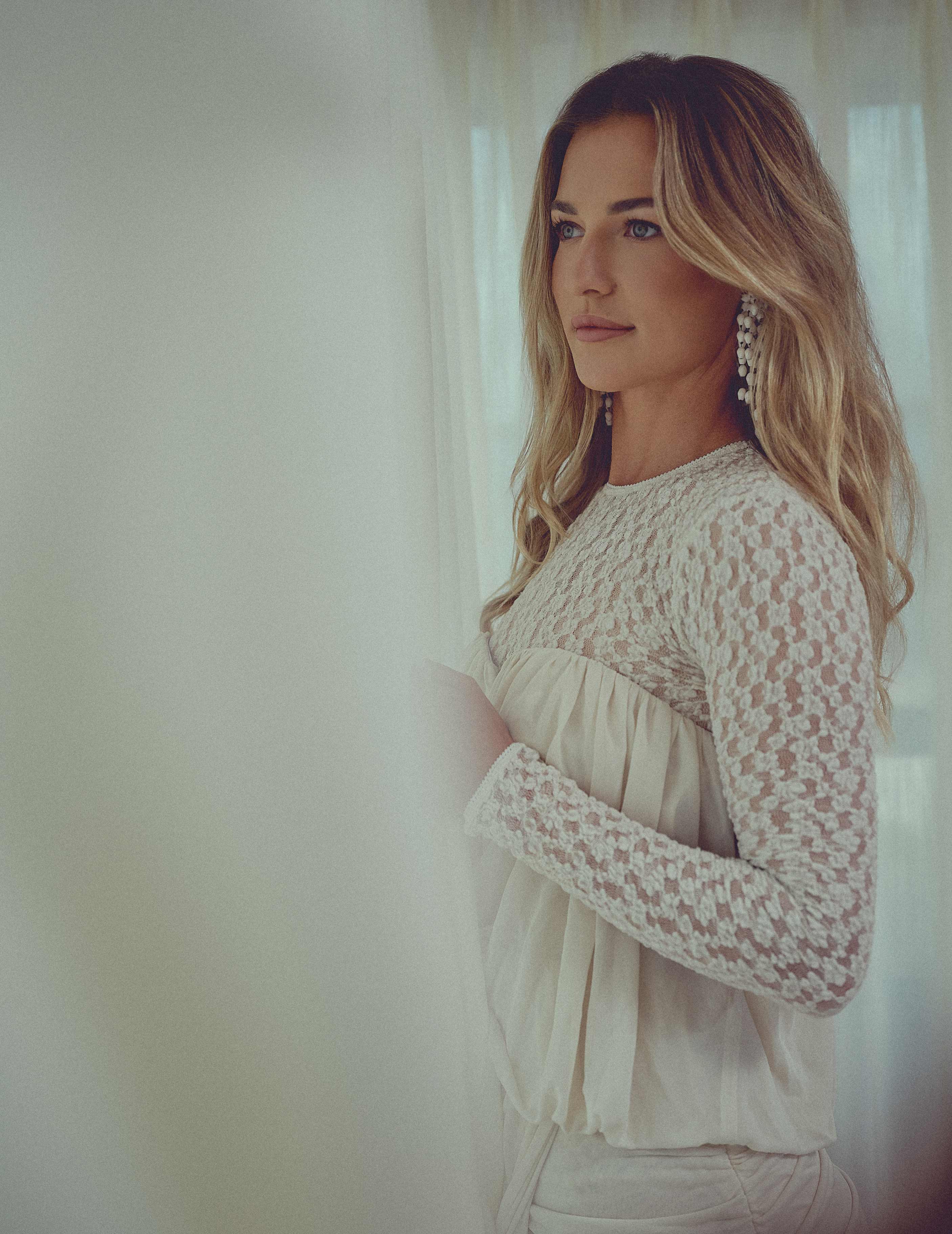
At the top of this year, the world knew who Kalinskaya was because of her sport. But, while sick and away from the court, Kalinskaya knew that her identity couldn’t be defined by her dexterity with a neon ball. She’s happiest, she shares, when she’s with her three dogs, family, and friends—but especially the dogs. Growing up in Moscow, Kalinskaya was enamored by fashion. “The competition there, how girls dress and how they take care of themselves, is very, very high,” she says. “For me, the outfit is what you feel—it’s your mood. When I have some days off, I don’t feel so sporty anymore and feel like I want to be more feminine. I want to put on a nice dress.” She giggles and adds, “I mean, the difficult part is, sometimes, I can’t because of my tan lines.” Battle scars. She has more room to express her style on the court since signing with Nike last fall.
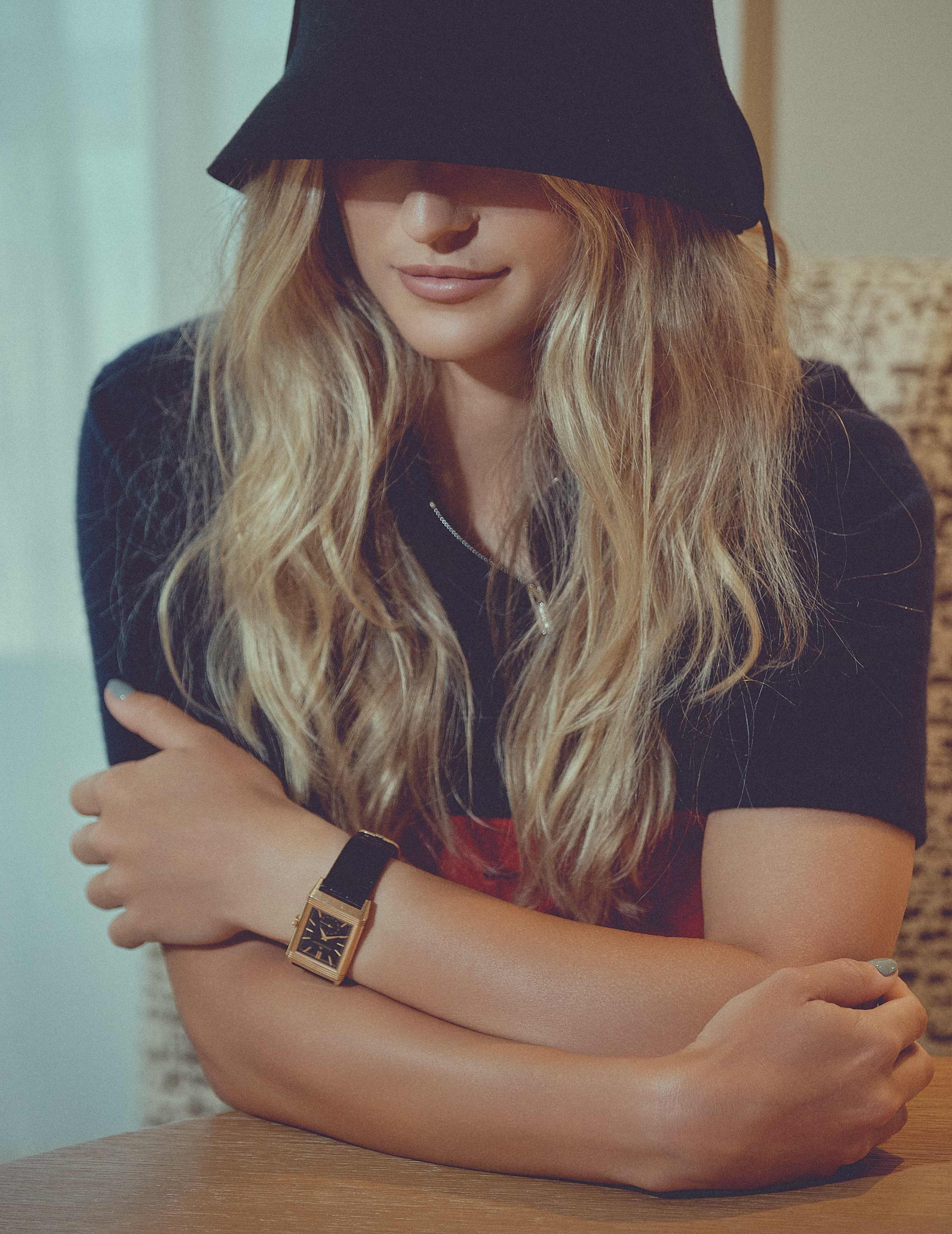
Six years ago, Kalinskaya stood in the center of Arthur Ashe, envisioning her future self acing the competition under the bright lights. That night, she accomplished magic. But under those lights, Kalinskaya could never have imagined the joy she would have found in the years after the big win—really, the magic happens when winning is at her fingertips; it happens when it’s out of reach, and it happens at every stage in between—moments like the time her English cream dachshund Bella rushed across the court for a little kiss after Kalinskaya beat Clara Tauson in the Mubadala Citi DC Open.
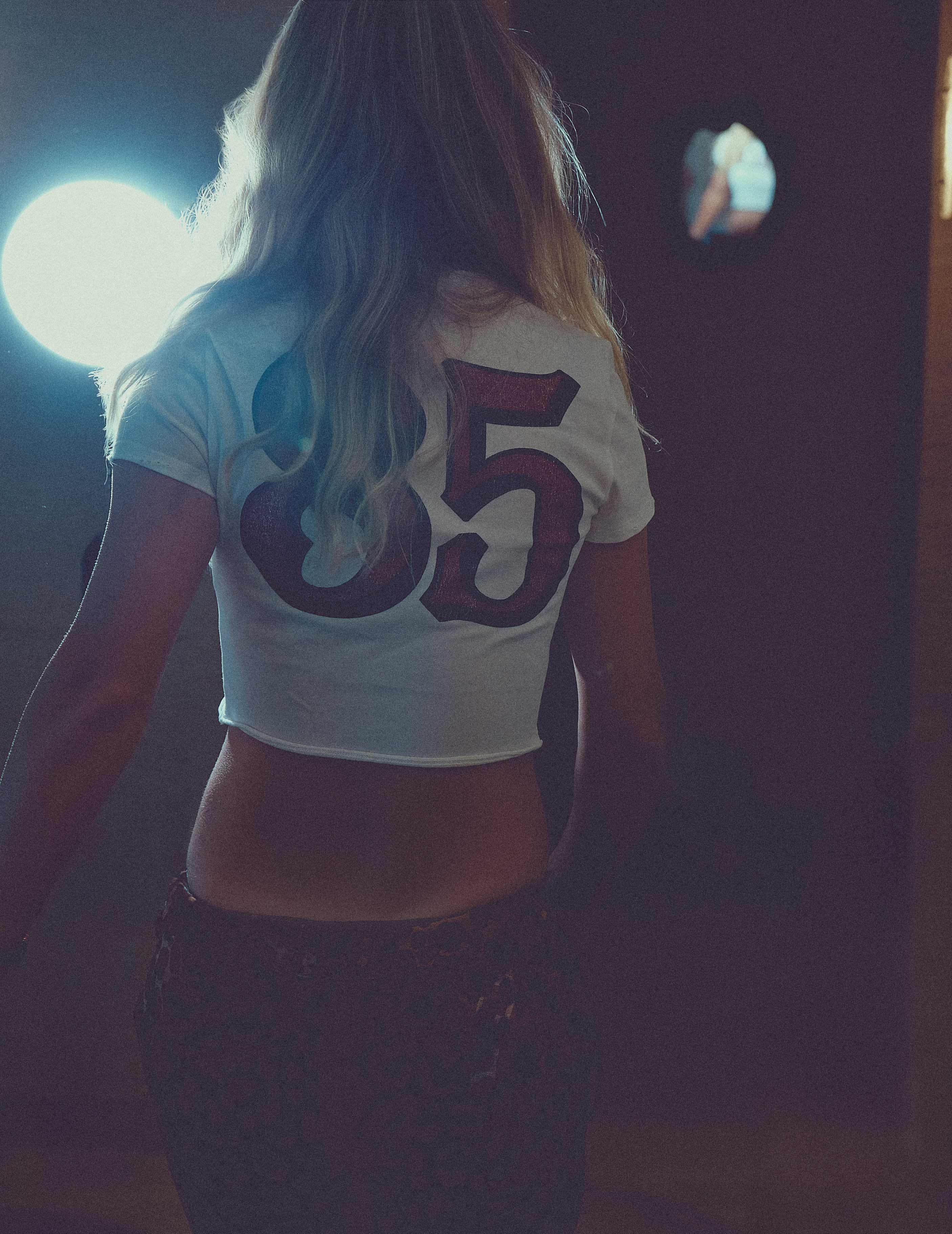
Now, Kalinskaya admits that “health is the most challenging”—but she believes the wins will come if she can stay healthy. She’s excited to play the US Open, where she’ll look to improve on her third round finish from last year. “I don’t want to be the best in the sport; I just want to do the best I can,” she says. “Every single day, I wake up, and I want to be better than yesterday. Of course, lifting trophies is amazing. But I’m not thinking that if I don’t win 20 titles, [I won’t be successful]. No. I am happy with how I’m doing at my pace.” In the meantime, Kalinskaya is dancing in the rain.
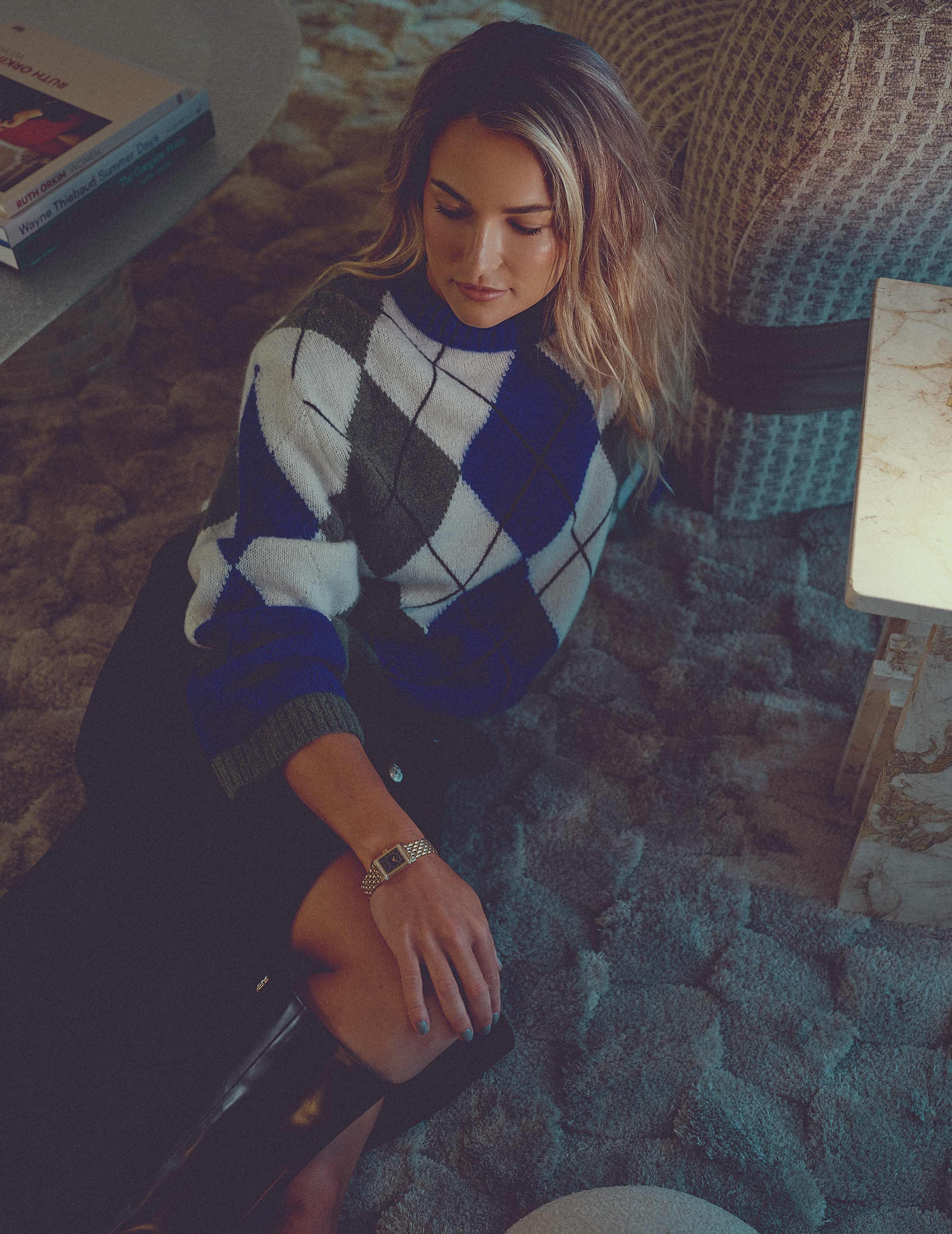
Photographed by Diego Armando Mendoza
Styled by Manuela Gutierrez
Written by Megan Armstrong
Hair & Makeup: Julia Petrarca at Peechy Group
Flaunt Film: Avonte Boykins
Location: The Shelborne By Proper